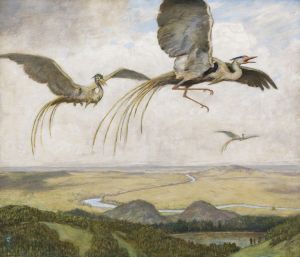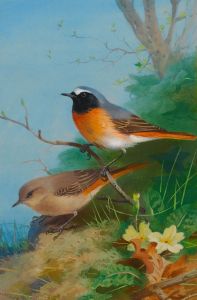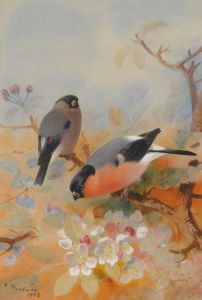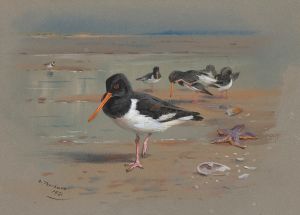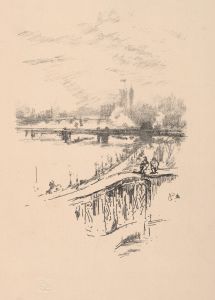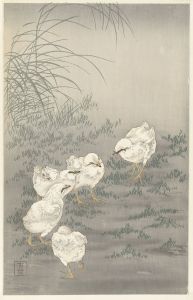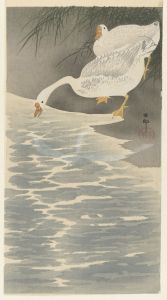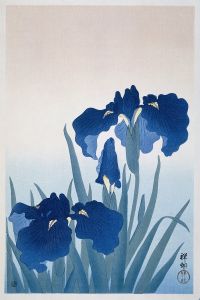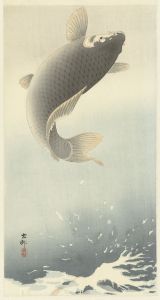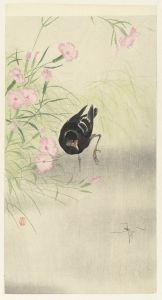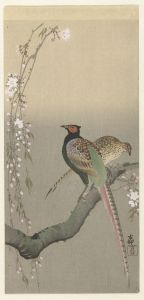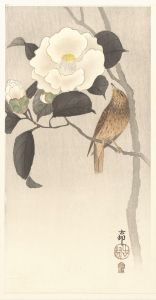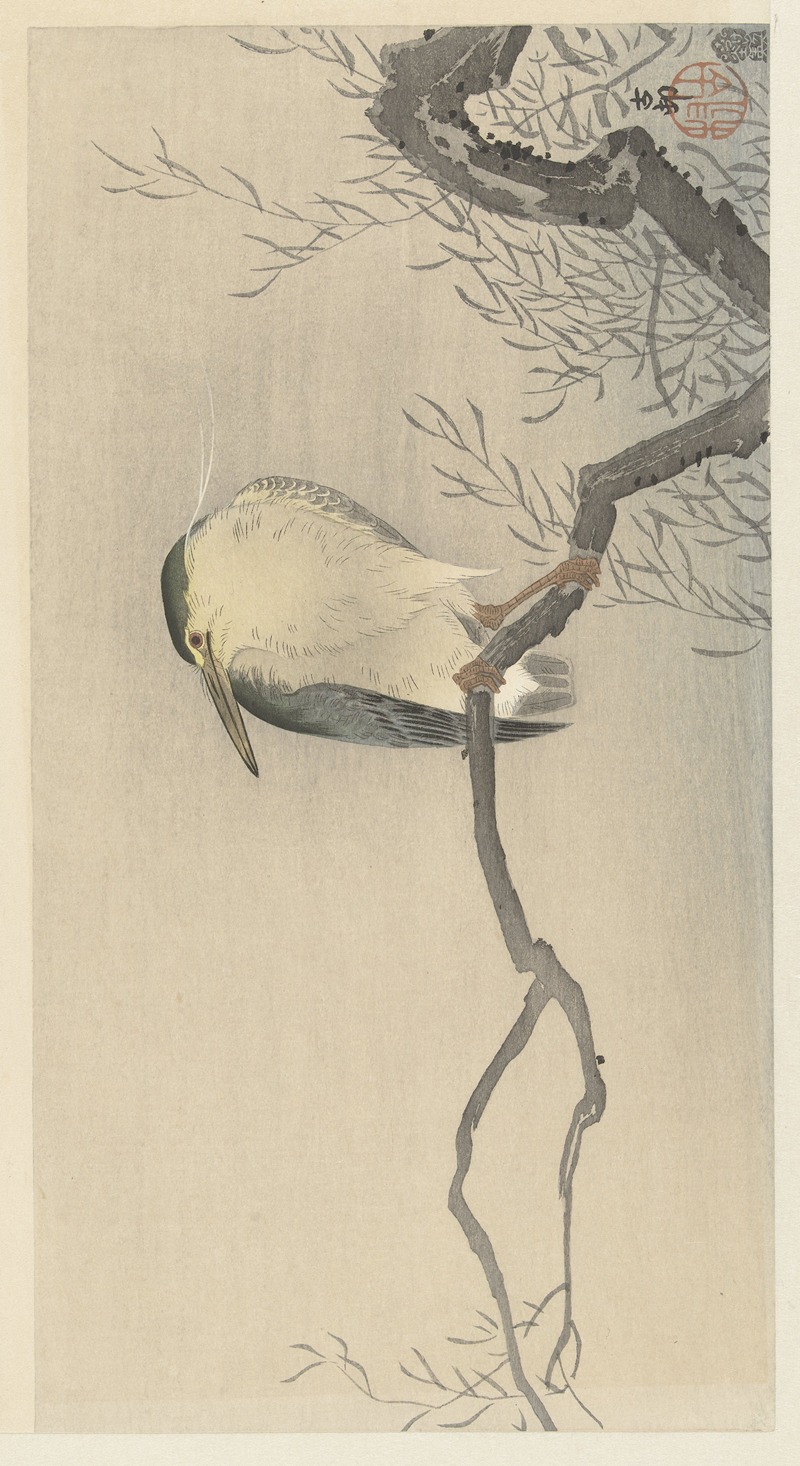
Quack on whimsical branch
A hand-painted replica of Ohara Koson’s masterpiece Quack on whimsical branch, meticulously crafted by professional artists to capture the true essence of the original. Each piece is created with museum-quality canvas and rare mineral pigments, carefully painted by experienced artists with delicate brushstrokes and rich, layered colors to perfectly recreate the texture of the original artwork. Unlike machine-printed reproductions, this hand-painted version brings the painting to life, infused with the artist’s emotions and skill in every stroke. Whether for personal collection or home decoration, it instantly elevates the artistic atmosphere of any space.
Ohara Koson (1877–1945) was a prominent Japanese artist known for his exquisite woodblock prints, particularly those depicting birds and flowers, a genre known as kachō-e. His work is often associated with the shin-hanga movement, which revitalized traditional ukiyo-e art with a modern sensibility during the early 20th century. Koson's prints are celebrated for their delicate beauty, attention to detail, and harmonious compositions.
"Quack on Whimsical Branch" is one of Koson's notable works, exemplifying his mastery in capturing the essence of nature with elegance and precision. This piece features a duck perched on a branch, rendered with a keen eye for detail and a subtle use of color that is characteristic of Koson's style. The composition is both serene and dynamic, showcasing the artist's ability to convey movement and life within a still image.
Koson's work often reflects a deep appreciation for the natural world, and "Quack on Whimsical Branch" is no exception. The duck is depicted with a sense of realism that brings the creature to life, while the whimsical nature of the branch adds an element of charm and playfulness to the piece. This balance between realism and whimsy is a hallmark of Koson's art, appealing to both traditional and modern sensibilities.
The shin-hanga movement, to which Koson contributed significantly, sought to revive the declining ukiyo-e tradition by incorporating Western techniques and perspectives. This movement was characterized by collaboration between artists, carvers, printers, and publishers, resulting in high-quality prints that appealed to both Japanese and Western audiences. Koson's work, including "Quack on Whimsical Branch," played a crucial role in popularizing shin-hanga prints internationally, particularly in the United States and Europe.
Koson's prints were often published by Watanabe Shozaburo, a key figure in the shin-hanga movement. Watanabe's keen eye for talent and his innovative marketing strategies helped bring Koson's work to a global audience. The collaboration between Koson and Watanabe was instrumental in the artist's success, allowing his prints to reach collectors and art enthusiasts worldwide.
"Quack on Whimsical Branch" exemplifies the technical skill and artistic vision that Koson brought to his work. The print's composition, with its careful balance of elements and use of negative space, demonstrates Koson's understanding of traditional Japanese aesthetics while also appealing to contemporary tastes. The subtle gradations of color and the meticulous attention to detail in the duck's feathers and the texture of the branch highlight Koson's expertise in woodblock printing techniques.
Today, Ohara Koson's work is highly regarded by collectors and art historians alike. His prints are featured in major museum collections around the world, including the Museum of Fine Arts in Boston and the British Museum in London. "Quack on Whimsical Branch," like many of Koson's works, continues to captivate audiences with its timeless beauty and artistic finesse, ensuring Koson's place as a significant figure in the history of Japanese art.





